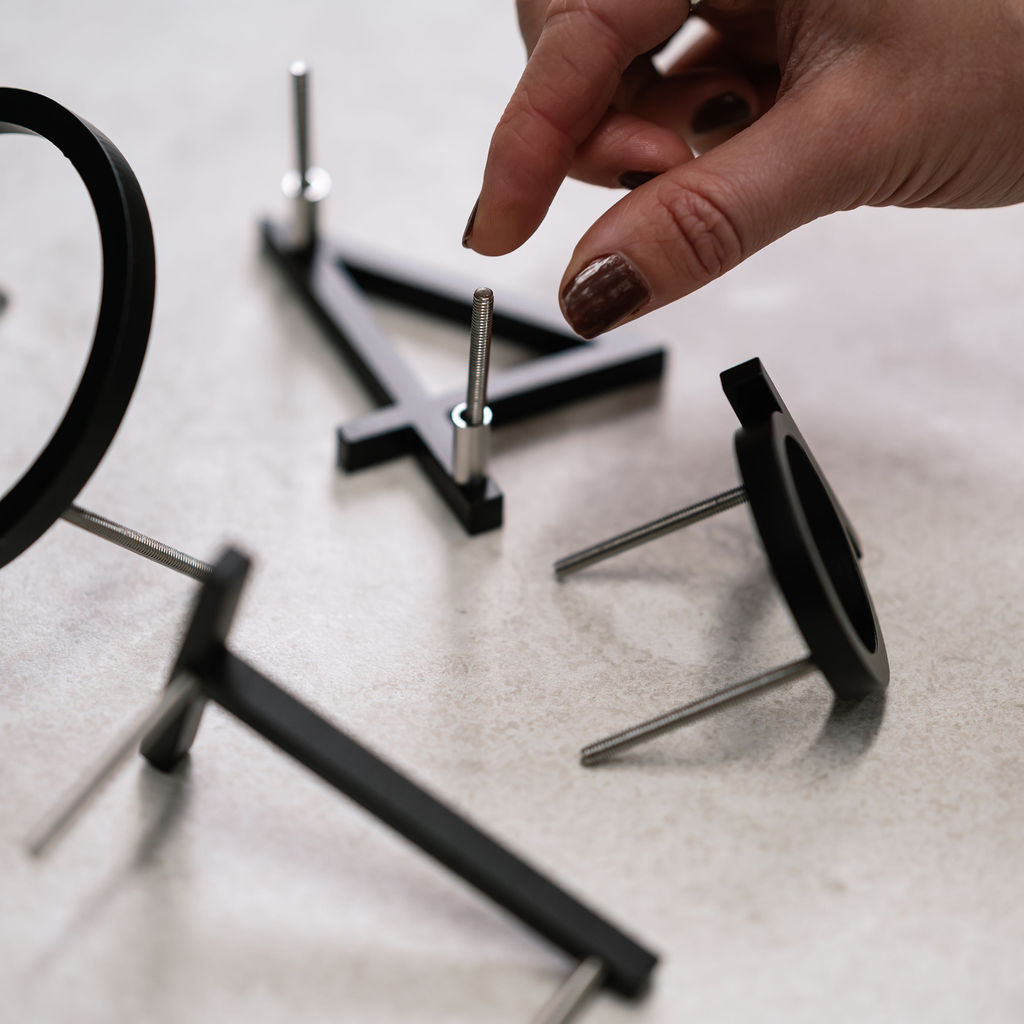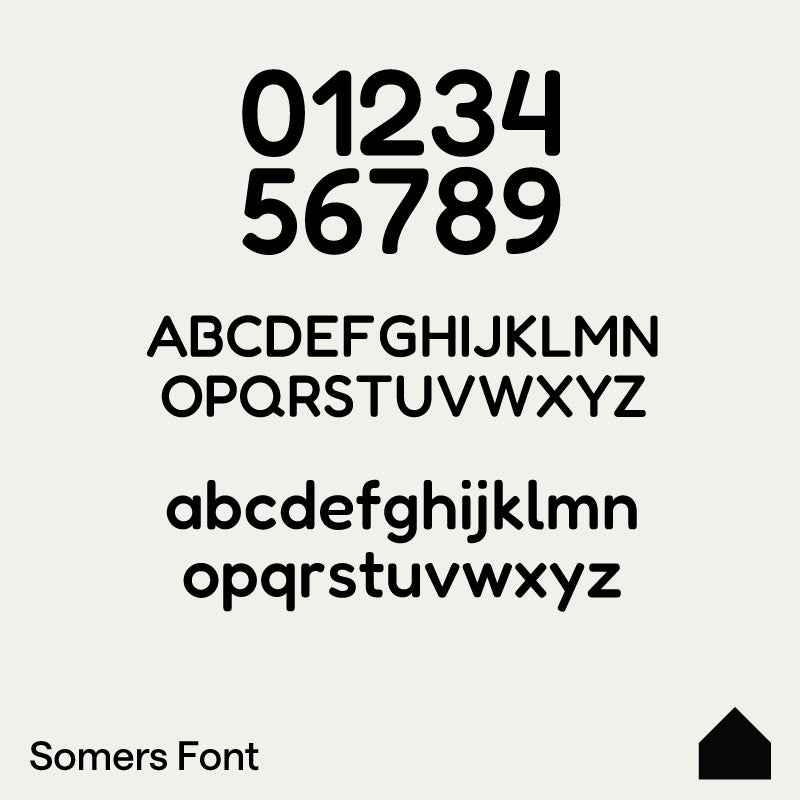3 Tips for Selecting House Numbers to Maximise Visibility
Good visibility is a pretty important feature when buying a house number. After all, if visitors looking for your home can’t find it, that’s an issue! Often however, a house number's visibility can be an afterthought.
Most large retail hardware stores carry only a limited range of house number sizes and colours which can compound the challenges.
In this article, we’ve summarised our 3 key considerations to improve house numbers visibility:
- The distance between where the number is affixed, the street and the house number size
- Use of contrasting colours/finish between your house number and the mounting surface
- Selecting a font style to improve readability
Distance between your house number and the street
Our first tip in choosing the size of your house number is to measure the distance between the mounting location and the center of your street. If your visitors are in a car, this is roughly where they would be looking for your home address.
Once you’ve established this distance from the center of the road to the address number location, see below our general guide below on the correct size for a clear and visible view from the street.
|
Distance from street to house number |
Minimum house number height |
|
0-20 meters |
10cm or larger |
|
20-35 meters |
15cm or larger |
|
35-50 meters |
20cm or larger |
|
50-65 meters |
30cm or larger |
|
65-100 meters |
40cm or larger |
Note: The size of the house number is measured from the bottom of the number to the top of the number. Vehicle speed and and lighting conditions will further impact readability.
Choose Contrasting Colours to Improve Standout of House Numbers
Our second tip in selecting the right house number for your property to maxamise visibility is to ensure that the finish colour you select is substantially different to the colour of the mounting surface.
When contrasting house address numbers are used, the visibility and impact of the house numbers rises considerably. If on the other hand, you select a house number finish/colour that is similar to your mounting surface, for example a black number on a black or dark coloured brick fence, then it’s likely your number will be very difficult to visualise regardless of the distance or number height.
Some general rules of thumb to consider would be:
- Dark coloured mounting surface - select a brushed aluminium or matt white powder coated house number
- Light coloured mounting surfaces - go with a matt balck powder coated house number
As another option to consider, some retailers are also selling illuminated house numbers, or numbers painted with a reflective surface.
Select an Appropriate Font Style for your House Numbers
Our final tip to picking the right house numbers to maximise visibility for your house is to carefully consider the impact of the type of font you decide on.
Decorative, thin font designs, scripted or serif-style fonts can result in a decrease in the visibility of your address. For example, a vintage or curvaceous font often u and Victorian house numbers, often create issues when trying to view from a distance.
Thick font fonts (like Helvetica or similar) can maximise the visibility of your house numbers. On the House Numbers website, we have a number of fonts available that would fall into this category such as our Flinders or Merricks fonts.
It’s important to recognise that some modern homeowners may opt to trade readability from a distance with a font style that matches the aesthetic of your home. If this sounds like you, then just unsure you select the next house number size up to ensure readability by your guests [or emergency response services] is maximised.
Related to font selection, the spacing between house numbers letters [also referred to by designers as ‘kerning’] when they are mounted is also crucial to readability. If your house numbers are mounted too closely together [low kerning] then the lack of space between numbers can create visibility issues.
On the other hand, if your house numbers are mounted with a large distance between each letter then the risk is that they can be read as individual numbers rather than a string of numbers. ie “123” read as “1” “2” “3” which may create confusion with visitors trying to navigate locating your home.
Summary
Incorporating the above points and prior to committing to buy house numbers, we recommend trying the below exercise at home;
- Type your house number in a word processing or graphic design program at the size, colour, and font you think may be appropriate.
- Print those house numbers on a sheet of paper, ideally selecting a background colour similar to your mounting surface. If your house numbers are large, you may need to print over multiple pages and tape together.
- Next, tape the printed house numbers at the position where you intend to mount your numbers. Walk out to the street and determine how easily it is to view the number from a distance. You may also want to repeat this process at different times of day with different lighting. Take your test to the next level by jumping on you car and viewing from that perspective.
Once you have a clear view on how your house number can be seen from the street, you’ll be in a good position to make any changes to the size, font style and finish to maximise visibility.
If you have any questions about house numbers, we’re always more than happy to assist. Feel free to contact us.







Leave a comment